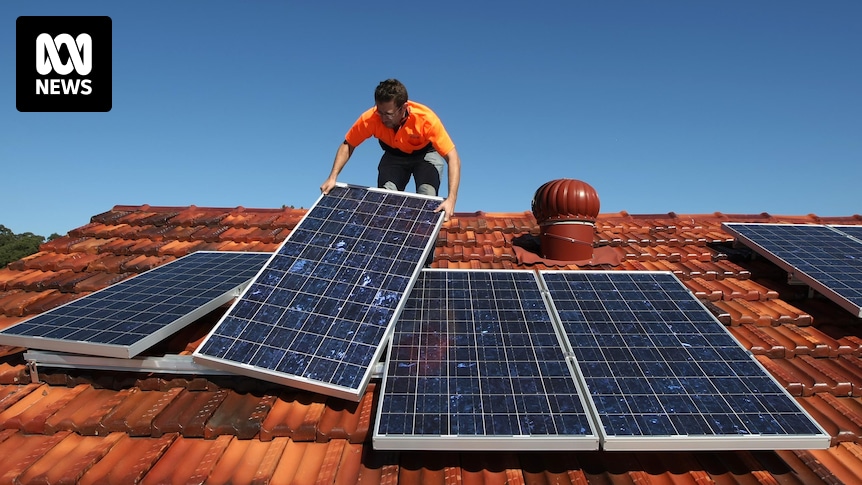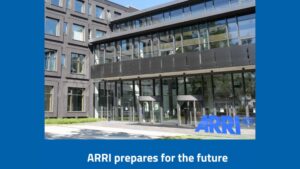
For Tasmanians eager to enhance their homes with solar panels or improve insulation against the state’s famously cold winters, the government’s Energy Saver Loan Scheme (ESLS) was a significant boon. The initiative provided interest-free loans of up to $10,000 to households, small businesses, and community organizations for energy efficiency upgrades, including rooftop solar installations, improved insulation, and energy-efficient appliances.
Launched in October 2022 with an anticipated three-year duration, the program has concluded a month ahead of schedule due to overwhelming demand that exhausted the allocated funds. Tasmania’s Energy Minister, Nick Duigan, announced that while the scheme was initially budgeted to support $50 million in loans, it ultimately facilitated $67 million in loans to Tasmanians.
Although the debt remains the responsibility of the borrower, typically repaid on a fortnightly basis, the government absorbed the cost of maintaining the loans interest-free.
“It’s been so well taken up that seven and a half thousand individual loans have been provided through the scheme,”
Mr. Duigan stated.
Impact on Local Businesses
The conclusion of the ESLS is expected to have a short-term impact on the profits of Tasmanian solar installers. Adam Hirst, from the Home Efficiency Group in the north of the state, reported processing approximately $5 million in loans through the scheme.
“It’s been a huge success in removing those financial barriers for people,”
he expressed.
The scheme’s popularity surged as consumers combined its benefits with federal government rebates on batteries. Rob Manson, who operates a solar business in Moonah in southern Tasmania, processed around 600 applications for solar panel installations or batteries over the past three years.
“It ended only about a month earlier than planned,”
he told ABC Tasmania Mornings, noting the high volume of applications processed in recent months.
Nigel Freitas, from Brighte, the government’s loan scheme partner, cautioned that applications submitted in the scheme’s final days are not guaranteed approval and will depend on the availability of remaining funds.
Future Prospects and Alternatives
Despite the early conclusion of the ESLS, other low-cost loan options remain available for Tasmanians seeking energy-efficient home improvements, albeit with less favorable terms. Many of these loans feature reduced interest rates or smaller loan amounts, and some are means-tested, limiting their accessibility.
Minister Duigan emphasized the need to analyze the lessons learned from the ESLS, suggesting that future initiatives may be more targeted towards “harder to reach” areas. Meanwhile, he highlighted Tasmania’s broader renewable energy projects, such as the Marinus Link and the newly approved wind farms at Robbins Island and St Patricks Plains.
“Tasmania’s renewable energy agenda is the most meaningful thing our state can do in the climate change space,”
he asserted, underscoring the significant impact of these projects on carbon dioxide emissions.
Looking Ahead
As the state navigates the transition from the ESLS, solar installer Rob Manson offers a different perspective on the future. While the scheme’s end may present challenges, the broader push towards renewable energy continues to gain momentum in Tasmania. The state’s commitment to substantial projects and the ongoing exploration of new initiatives reflect a proactive approach to addressing climate change and supporting sustainable development.
The conclusion of the ESLS marks a pivotal moment in Tasmania’s energy landscape, prompting both reflection and anticipation for what lies ahead. As stakeholders assess the outcomes and explore new opportunities, the focus remains on ensuring that Tasmania continues to lead in renewable energy innovation and accessibility.







